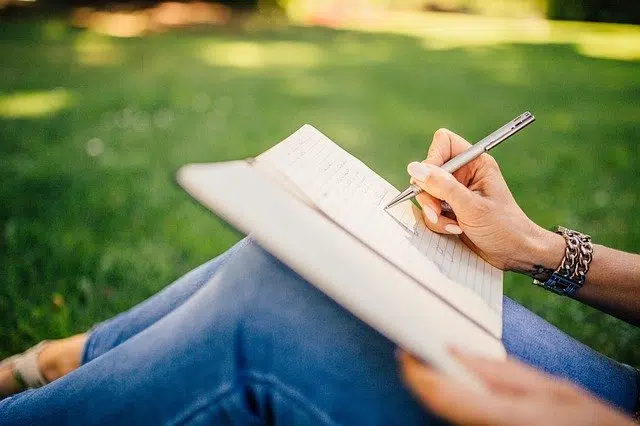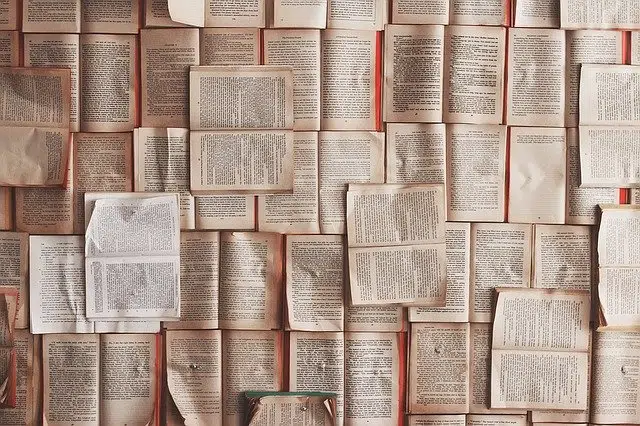
Literary devices provide expressiveness to a text.
Literary devices are tools that literary authors use to generate certain stylistic effects in their texts. It can be said that these are special or unusual uses of language, different from everyday uses.
It is possible to name literary devices as literary figures or figures of speech . They are unusual ways of using words : based on certain semantic, grammatical or other characteristics, the terms are distanced from their most common use.
The function of literary resources
The objective of carrying out the use of literary resources and, therefore, clearly and with absolute intention altering the words, the tenses or even the meaning of them is none other than to achieve "catch the reader's attention" and that the text in front of you is much more expressive.
Literary devices can be figures of omission, amplification, repetition or other types. These classifications are linked to the mechanism used by the resource to cause its effect .
Alliterations and anaphoras
An example of a literary device is alliteration , which consists of repeating similar sounds at the beginning of words: "Ana analyzed the obstacle after breaking the rock that hid it."
The literary device known as anaphora , for its part, involves the repetition of one or more terms at the beginning of each sentence: "I like sunny days / I like ricotta pies / I like colorful autumns / I like your boots" .

Examples of the use of literary devices can be found in many books.
Other literary resources
In addition to all the resources presented, we cannot forget other equally important ones, such as these:
– Parallelism , which consists of carrying out the repetition of similar syntactic structures in different phrases or verses.
-Ellipsis, which is characterized because it involves eliminating, specifically omitting, certain words with the clear purpose of being able to speed up the text.
-Hyperbaton. This other literary device consists of proceeding to alter the usual and logical order of the words that make up a sentence in order to make a part of it more relevant.
-Antithesis. Under this name is another resource that is carried out by an author when he makes two words that are totally opposite to each other or statements that are contrary coexist.
-Hyperbole. One of the literary resources most used by writers is this, which consists of palpably and disproportionately exaggerating what reality is with the clear purpose of being able to give "prominence" to a specific fact, object or person.
– Paradox . This consists, on the other hand, of proceeding to make a statement that, at first, may seem totally ridiculous and absurd but which, when analyzed, has its logic.
The case of tropes
Sometimes, tropes are included within literary resources, which are figures that replace a phrase or a word with another that means the same thing but in a figurative sense. Metonymy and metaphor , therefore, could be included among literary devices.
"His eyes are two coals" is an example of a metaphor. Through this literary device, it is suggested that someone's eye color is black, since that is the color of coal.
